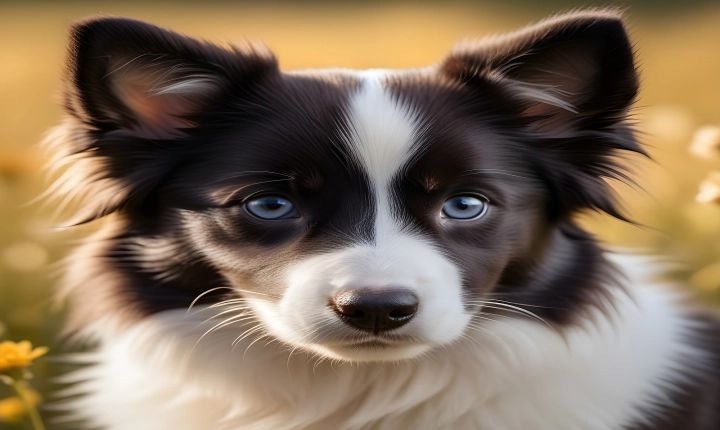How to Write a Song with AI: Exploring the Future of Music Creation
In today’s age of technological innovation, artificial intelligence (AI) has become an integral part of various industries, including the music industry. With the help of AI, songwriting, composition, and music production have been revolutionized, offering new and exciting opportunities for both established and emerging musicians.
Writing a song with AI involves a combination of human creativity and AI’s ability to process and analyze vast amounts of musical data. Here are some steps to guide you through the process of creating a song with AI:
Step 1: Generate Musical Ideas
The first step in writing a song with AI is to generate musical ideas. There are AI-powered tools and platforms such as Amper Music, AIVA, and IBM Watson Beat that can help you create melodies, chord progressions, and rhythms. These platforms utilize machine learning algorithms to analyze and generate musical patterns based on existing compositions, allowing you to explore a wide range of musical ideas.
Step 2: Collaborate with AI
Collaborating with AI can enhance your songwriting process by providing fresh perspectives and innovative musical elements. AI can analyze your existing compositions and suggest alternative chord progressions, harmonies, or melodic variations to inspire new directions for your song. This collaborative approach allows you to leverage the computational capabilities of AI to expand your creative horizons.
Step 3: Refine and Edit
After generating musical ideas and collaborating with AI, it’s important to refine and edit the song to achieve the desired sound. AI can assist in the editing process by analyzing the structure and flow of the song, providing insights into the arrangement, dynamics, and instrumentation. By leveraging AI’s analytical capabilities, you can make informed decisions to fine-tune your composition and ensure it resonates with your artistic vision.
Step 4: Experiment with AI-Generated Sounds
AI-powered tools can also generate unique sounds and textures that can complement your composition. Whether it’s synthesizing new sounds, creating custom sample libraries, or applying audio effects, AI can offer a diverse range of sonic possibilities to enhance your song. By experimenting with AI-generated sounds, you can push the boundaries of traditional music production and explore innovative sonic landscapes.
Step 5: Embrace Creative Freedom
While AI can facilitate the songwriting process, it’s essential to maintain creative autonomy and express your artistic identity. AI should be viewed as a supportive tool that enriches your creative journey, rather than a replacement for human creativity. By embracing creative freedom and integrating AI as a creative collaborator, you can leverage its capabilities to explore uncharted territories in music composition and production.
The Future of Music Creation
As AI continues to advance, the future of music creation holds immense potential for innovation and experimentation. The integration of AI in songwriting opens doors to new artistic possibilities, transcending conventional boundaries and reshaping the creative landscape.
In conclusion, writing a song with AI involves a dynamic interplay between human creativity and AI’s computational prowess. By embracing AI as a creative partner and leveraging its capabilities, musicians can explore uncharted musical territories, expand their creative horizons, and shape the future of music creation.
As AI technology evolves, it is essential to approach its integration in music creation with an open mind, embracing its potential to enhance the creative process and propel musical innovation to new heights. With the right balance of human ingenuity and AI-enabled tools, the future of music creation holds endless opportunities for artistic exploration and expression.
